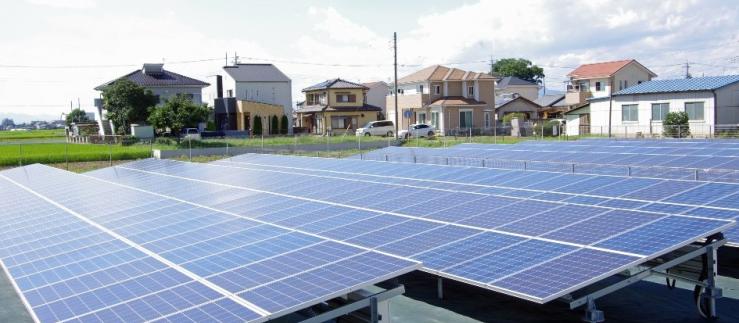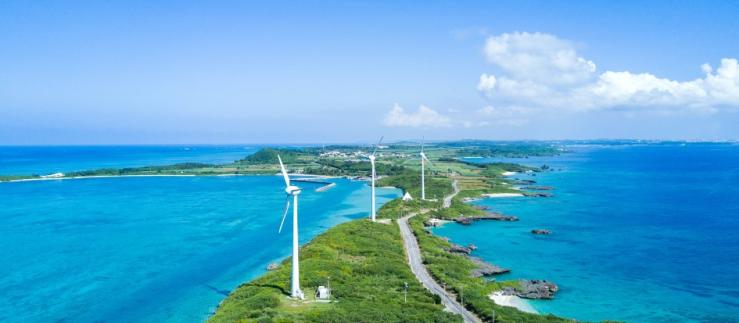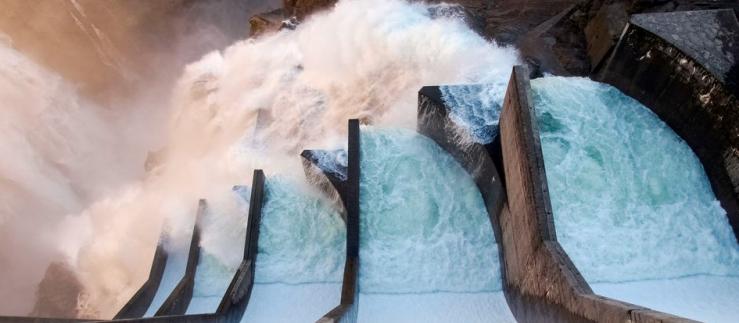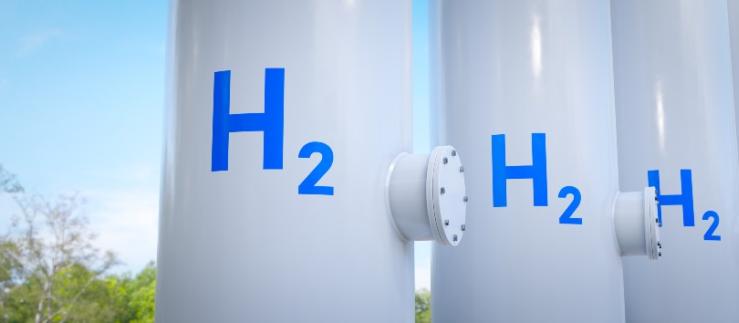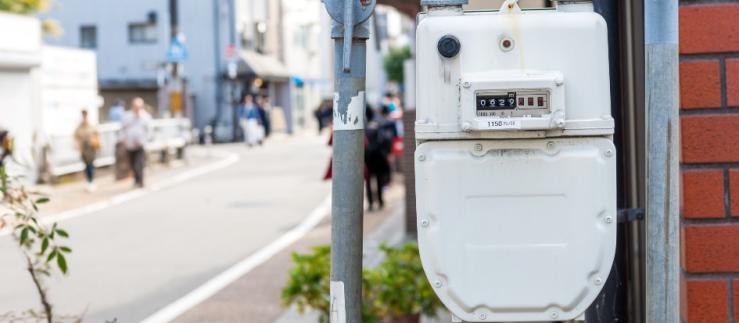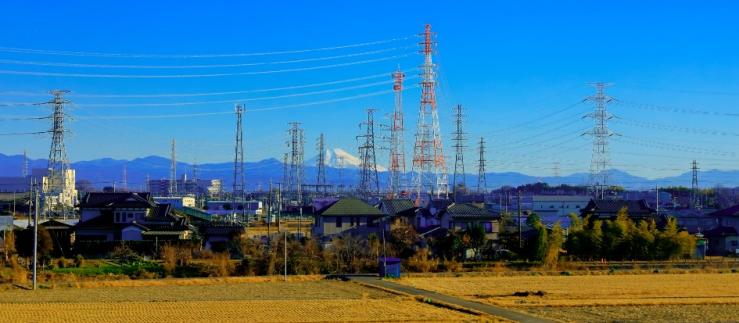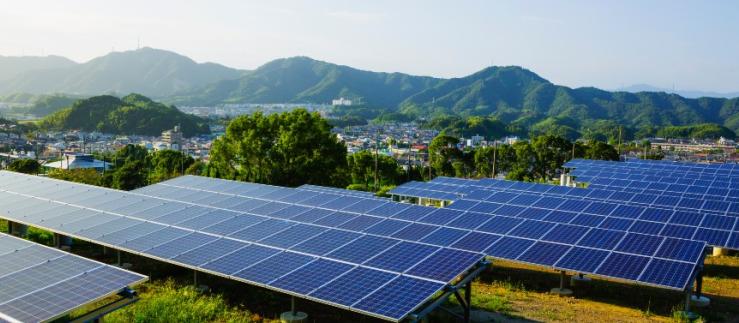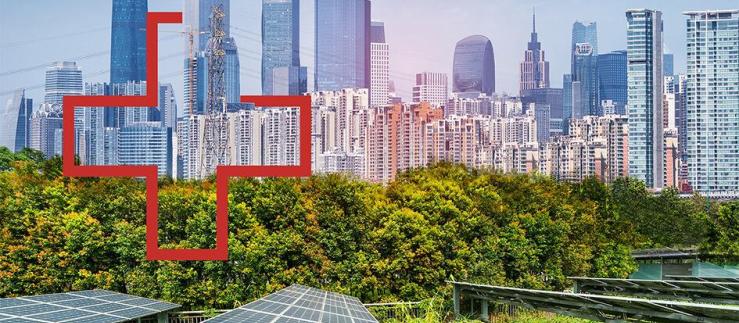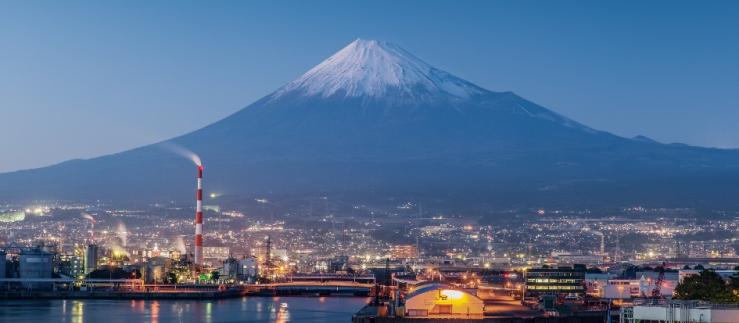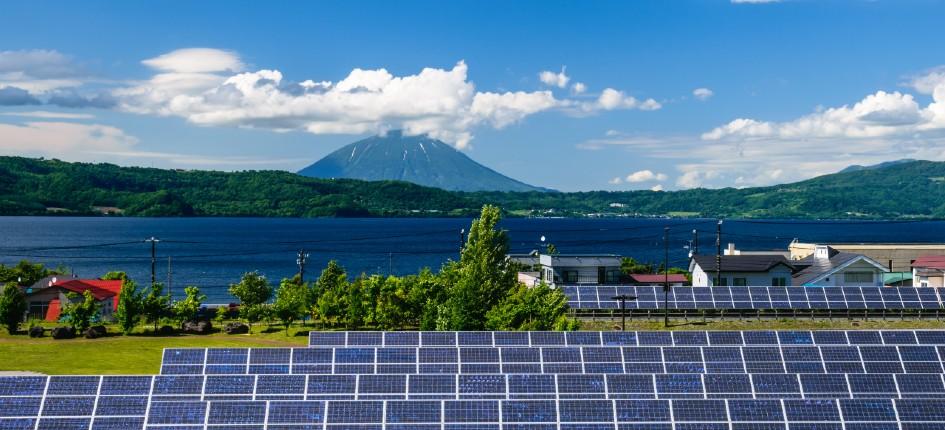
Japan has set itself the ambitious net-zero carbon emission reduction target by 2050. However, to reach this goal the country needs global collaboration and investment in clean energy. Learn about challenges and opportunities opening-up for Swiss companies in this market.
Regulation and incentives
Regulation and governmental incentives
In 2020 Japan has announced its target to realize carbon neutrality by 2050. The Strategic Energy Plan which was communicated 2021 foresees that the power sector will be decarbonized through decarbonized power sources. Innovations in renewable energy generation and distribution as well as carbon storage/utilization technologies based on CCUS/Carbon Recycling are important pillars to achieve this goal.
The industrial production should be electrified by decarbonized power sources whereever possible. When electrification is not feasible (for instance in case of high-temperature heat demand) decarbonization through the use of hydrogen, synthetic methane and synthetic fuels is promoted. In certain sectors innovations get special attention, e.g. hydrogen-reduced iron making and artificial photosynthesis.
The "Green Innovation Fund" has been mandated to support innovations for reducing carbon emission. The Japanese industry has to develop and implement new technologiesin order to reach the zero emission target. However, the government admits that to reach this goal the country needs global collaboration and investment.
Energy
Energy
In 2021, the Japanese government released the 6th Basic Energy Plan outlining the country’s long-term energy strategy, covering topics ranging from energy self-sufficiency all the way to the country’s power generation mix targets. After Prime Minister Suga’s 2020 commitment to achieving carbon neutrality by 2050, the industry was eagerly awaiting its publication. The plan provides clear enough indications of what Japan’s energy-related future looks like to help guide business decisions and reveal opportunities in the market.
The Japanese government started promoting renewable energy to reduce the country's reliance on fossil fuels in 2012. The introduced feed-in-tariff scheme has been successful in putting new renewable capacity on the grid, and it is now being gradually transitioned to a more marketbased feed-in-premium scheme. With the help of the new scheme, among other things, the Japanese government aims to increase the share of renewables in the power generation mix from just under 15% in FY2019 to 37% in FY2030, a target up to 15 percentage points higher than the one presented in the previous 5th Basic Energy Plan.
Carbon storage
Carbon capture, usage and storage
According to Japan's carbon neutrality strategy a number of low carbon technologies would be employed as pillars of the transition, including carbon capture, usage and storage (CCUS). The government believes that the “net” in “net zero” is a key component of its carbon neutrality, enabling it to keep burning some fossil fuels in hard-to-decarbonize sectors by offsetting or capturing/utilizing emissions from power plants and industrial processes, and even extracting CO2 directly from the atmosphere. The government is particularly keen on CCUS because it could help keep thermal power generation assets online to provide reliable baseload power.
Japan is expecting CCUS technology to be available for some applications as soon as 2030 and to be widely used in the power generation and chemical industries by 2050. Major Japanese industrial corporations are already researching and experimenting with the technology in pilot projects supported by governmental subsidies. However, in its current state, the technology only appears financially viable for power or industrial use when coupled with carbon taxation at levels much higher than today’s. The technology also still needs to be demonstrated at scale in Japan. This opens partnership opportunities for foreign players with the right technologies or technology enablers.
